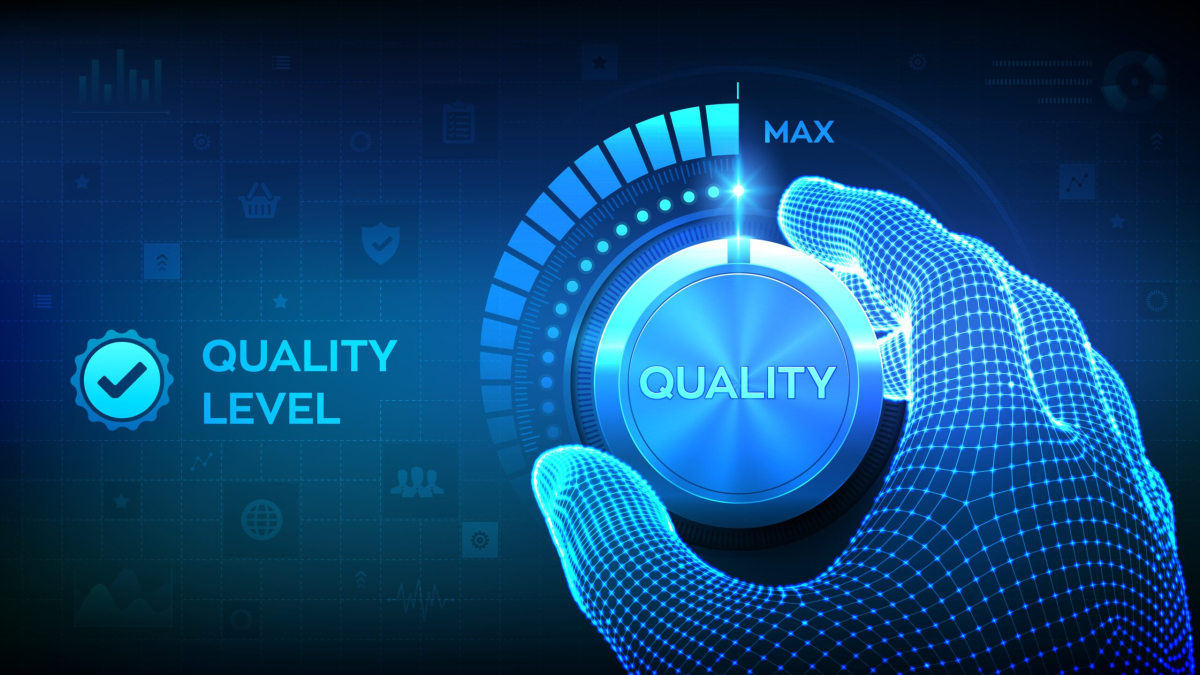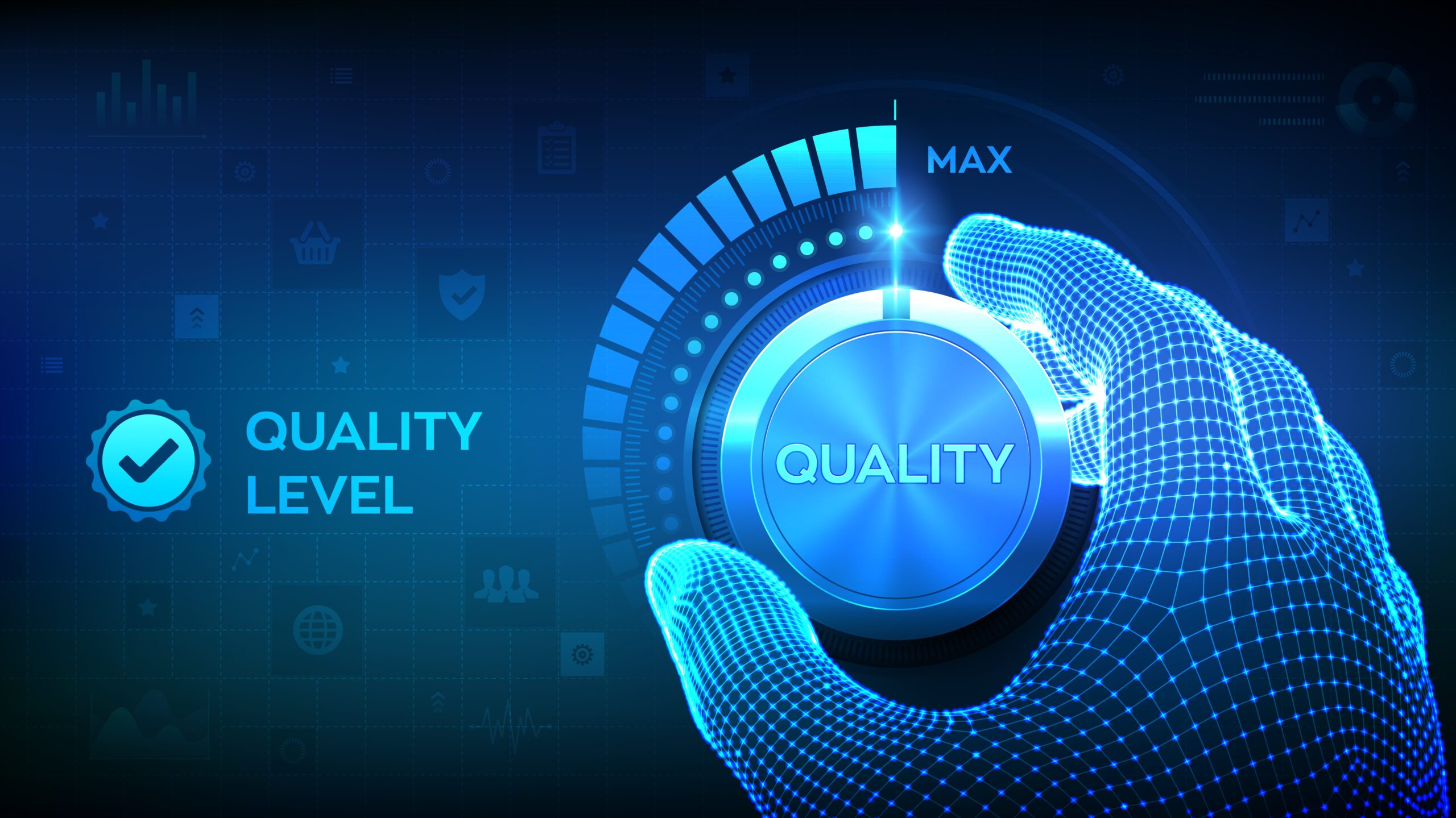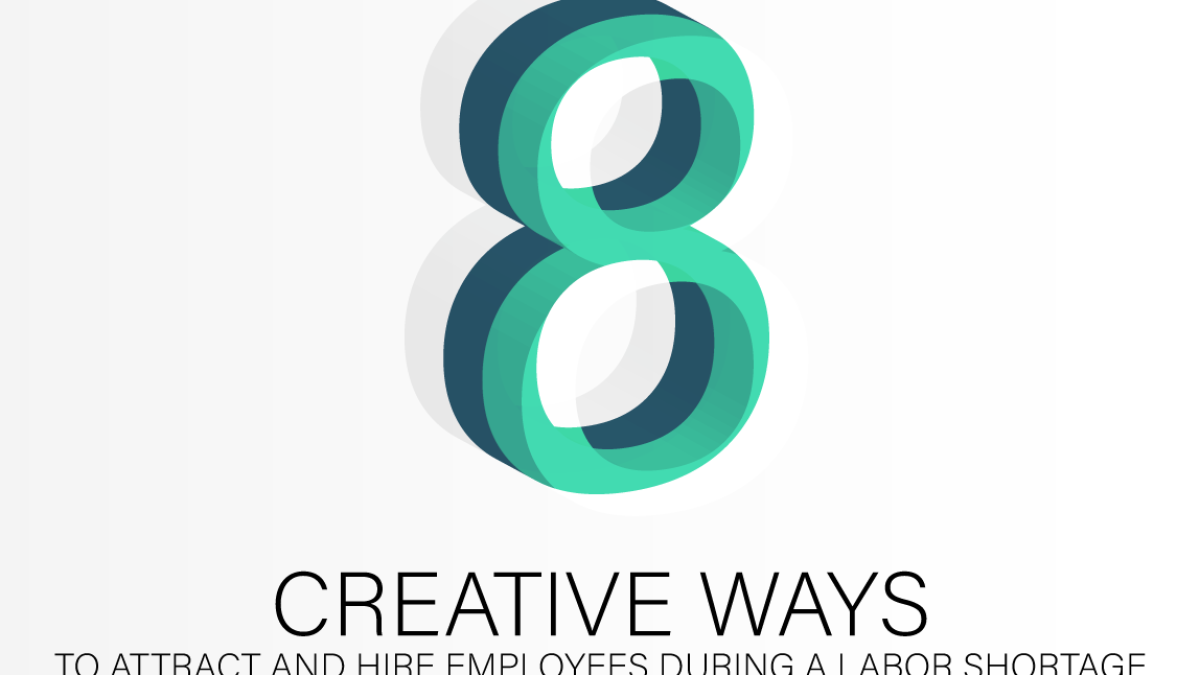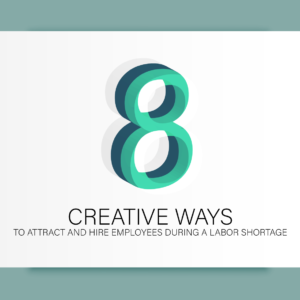The Time to Find Out is Before Applying for Equipment Financing
 For small business owners, your personal credit history plays a role in obtaining essential use business equipment financing. However, lenders also draw a correlation between your personal credit history and your business credit report—the belief being that people tend to treat their business accounts much like they do their personal accounts. If you’re a new small business owner, your personal credit history will take precedence over any business credit history you’ve yet to build. But, if your business is established, your business credit report pulls more weight on an equipment financing application.
For small business owners, your personal credit history plays a role in obtaining essential use business equipment financing. However, lenders also draw a correlation between your personal credit history and your business credit report—the belief being that people tend to treat their business accounts much like they do their personal accounts. If you’re a new small business owner, your personal credit history will take precedence over any business credit history you’ve yet to build. But, if your business is established, your business credit report pulls more weight on an equipment financing application.
Before Applying for Equipment Financing is the Time to Find and Clean Up Any Skeletons
A lender can certainly review your business credit report prior to approving credit. Lenders use this report to verify the information you provide on your credit application. You’ve probably heard stories about applicants being caught off guard by what a lender finds, especially if the finding(s) is inaccurate. Business credit bureaus have been known to make mistakes, and it falls on the business owner to review his or her report to ensure it is accurate.
LEARN MORE: How to Improve Your Personal Credit Before Financing Business Equipment
Dun & Bradstreet is the largest and most common source for business credit reports. The firm receives its information for credit reports from various sources, much like individual credit reporting bureaus, including Equifax, TransUnion and Experian. Before a lender orders your business credit report, you should obtain a copy to verify all data it contains is correct. Doing so gives you the opportunity to remove inaccuracies and time to repair any credit blemishes as much as possible.
Request a Copy of Your Business Credit Report
Dun & Bradstreet offers a free business credit report. You can order it online.
10 things to review for accuracy on your business credit score are:
- Your official business name, as well as any trade styles (DBAs).
- Your physical business and website addresses.
- Your business SIC/NAICS code.
- Your business ownership entity (corporation, LLC, etc.) and number of years in business.
- The name(s) of your business’s officer(s) and work experience.
- Any data regarding business history, company events, ownership and/or location changes, etc.
- Any financial information you’ve opted to list.
- Your payments score. You can challenge late payments if you have proof they were made on time.
- Any business liens, lawsuits and loans.
- Public record information, such as UCC filings, tax liens or legal judgments. You can dispute any inaccurate public record information with the credit reporting agency.
How Often Should You Check Your Business Credit Report?
Protecting your business credit history is just as important as reviewing your personal credit report from time to time. Regular reviews not only ensure accuracy, but also can alert of identity theft if you notice accounts open in your name that you did not open.
Have a question about how business and personal credit reports affect your equipment financing application? Talk to one of our staff members. We’re happy to help.



 Our team at Global Financial & Leasing Services (GFLS) has heard some pretty scary stories about the process for applying for equipment financing with other lenders, not to mention awaiting credit decisions. The stories range from applicants filling out pages upon pages of tedious financial information to lenders stringing them along only to deny credit. In the end, applicants are left without the equipment they need for their business or starting the entire process over again with a different lender in hopes of a different result. Either way, time and frustration can be avoided if you have a clear understanding of the application process and work with a lender willing to work with you.
Our team at Global Financial & Leasing Services (GFLS) has heard some pretty scary stories about the process for applying for equipment financing with other lenders, not to mention awaiting credit decisions. The stories range from applicants filling out pages upon pages of tedious financial information to lenders stringing them along only to deny credit. In the end, applicants are left without the equipment they need for their business or starting the entire process over again with a different lender in hopes of a different result. Either way, time and frustration can be avoided if you have a clear understanding of the application process and work with a lender willing to work with you.

 EMV Protects Your Company and Your Customers
EMV Protects Your Company and Your Customers
 Trends and What You Can Do
Trends and What You Can Do
 Droves Quitting Their Jobs, Employers Scrambling to Hire
Droves Quitting Their Jobs, Employers Scrambling to Hire
 Going by what we hear from our clients, hear in the news and see on social media, workers are quitting their jobs, especially in the service industry. Hiring skilled and reliable new employees is more difficult than ever, which makes retaining your current staff more important.
Going by what we hear from our clients, hear in the news and see on social media, workers are quitting their jobs, especially in the service industry. Hiring skilled and reliable new employees is more difficult than ever, which makes retaining your current staff more important.
 Partnering with GLFS for
Partnering with GLFS for 
 As the world opens back up again, many small and medium-sized businesses have encountered unexpected difficulty finding employees to fill their open positions. This labor shortage is hitting nearly all businesses, especially those in the hospitality, service/retail, and transportation industries.
As the world opens back up again, many small and medium-sized businesses have encountered unexpected difficulty finding employees to fill their open positions. This labor shortage is hitting nearly all businesses, especially those in the hospitality, service/retail, and transportation industries.